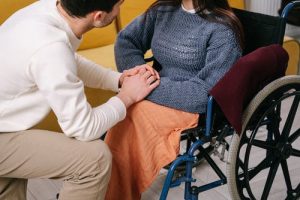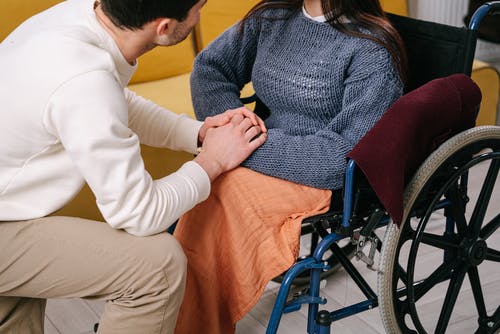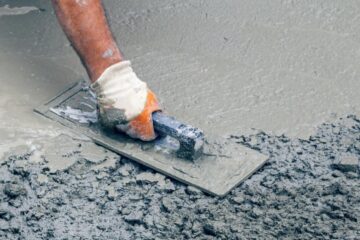People with disabilities can benefit from physical activity. This is especially important to people
with mobility impairments as they may find it difficult or impossible to exercise vigorously. It is
possible to engage in physical activity for disabled people, and it should be encouraged. These
tips will help you get going. These guidelines will ensure your success. These are some tips to
make exercise more enjoyable and safer for those with physical limitations. The first step to a
better life is to get moving!
They should also be guided by doctors when choosing the right exercises. There are
many resources online that can help you find the right exercise. If you’re unable, you can adapt
the activity to fit your needs.
There are many physical activities that can be done by disabled people, no matter if you’re a
beginner or an experienced veteran. Finding something that you enjoy is key. Keep doing it
often. Finding an activity that is enjoyable and suitable for your disability, whether it’s swimming
or running, can be rewarding. Don’t forget to talk to friends and family so they can support you
and encourage you. It is easier to stick with something when you are surrounded by supportive
people.

One of the best ways to stay active is by taking part in a fitness class. You can also get fit and
interact with other people and the fitness staff. Because they lack motivation and knowledge, a
disability can hinder people’s ability to exercise. They may also feel shame or worry about their
safety or getting unwanted attention. This is not a valid feeling. By participating in a physical
activity class, people with disabilities can enjoy social interaction with others and gain confidence
in themselves.
The barriers to participation in physical activity for disable children are often the same as for
children without disabilities. Participation can be limited by factors such as time, cost,
transportation issues, and societal attitudes. Parents report that children with disabilities are
more likely to engage in physical activity if they are naturally active and confident. Positive
encouragement and one-on-one instruction can improve confidence and skills. Parents report
that this helps their child feel more capable and competent.
First, Victoria NDIS the level of activity you are willing or unable to do. Unlike other groups of
people, disable children have different levels of ability, which means they need different
exercises.
Children with disabilities are more likely than their parents to participate in physical activities.
This study was conducted with input from sport and recreation professionals. It identified several
barriers to participation, and provided solutions. These findings are consistent and consistent
with previous research, as well the van der Ploeg conceptual framework. Participants with
disabilities were also included in the study, which was self-selected. Therefore, a larger study
would be needed. There is no one way to encourage disabled children to be active.
The study’s findings can be used by multiple stakeholders who are involved in designing
effective policies, interventions, strategies, and strategies. These ten strategies will facilitate
participation for people who have disabilities. These strategies are all important in creating
inclusive pathways that allow children to be physically active. But, it will take a comprehensive
approach to overcome these challenges. It is important to create partnerships among all
stakeholders. Effective policies and interventions can be created by understanding the barriers
and facilitators that hinder participation.
Physical inactivity is linked to numerous chronic diseases and is an enormous economic burden.
It is estimated to cost $53.8 billion globally and result in 13.4 million DALYs, $13.7 billion in
productivity losses, and a global cost of $53.8 billion. Physical inactivity is linked to a variety of
chronic diseases, particularly in older people. Physical inactivity is also associated a number of
other problems like a lack parks and recreation areas. So, it’s critical to get started with physical
activity for disabled people.
People with contracture need to first work on their muscle flexibility. There are many ways to
perform upper body exercises, and different lying positions affect different people differently. It is
important to determine the best way to exercise if you have limited range of motion. If your hips
or knees are restricted, you should explore other movement options that will increase your
mobility. This will help you improve your posture as well as reduce pain in the lower part of your
body.

